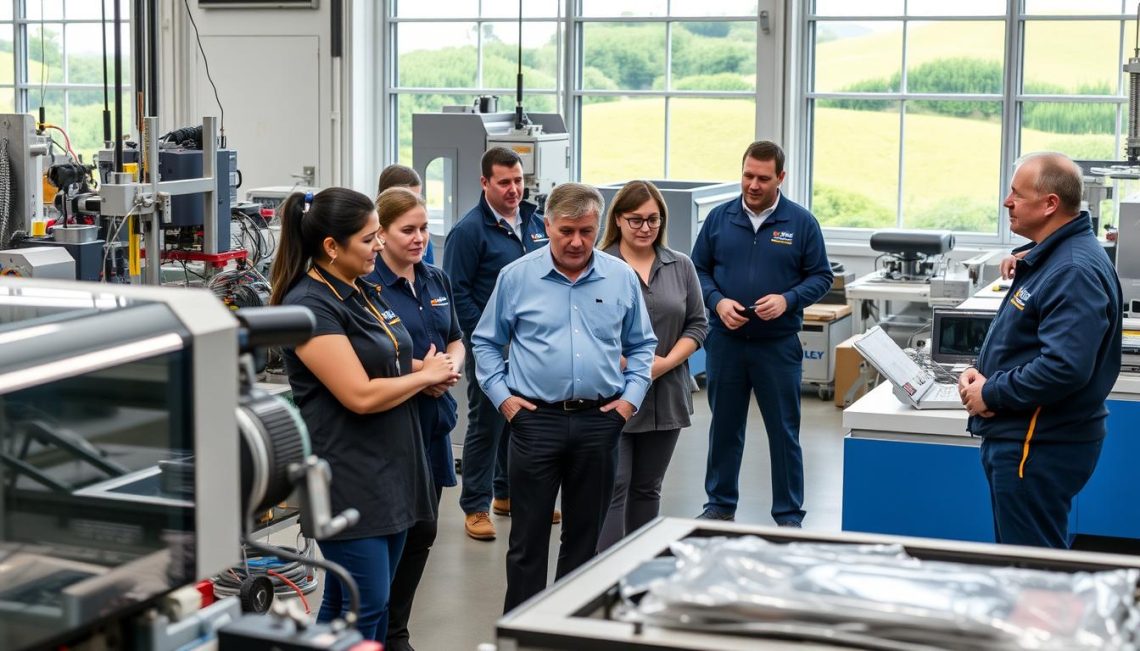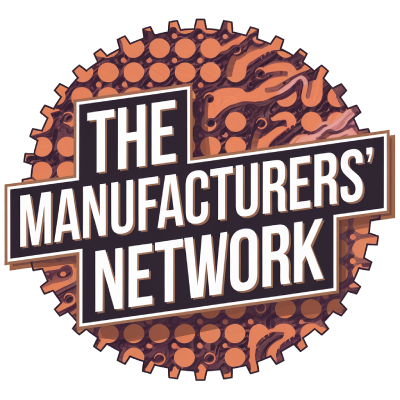The manufacturing sector in New Zealand has seen remarkable growth in recent years, driven by various factors that highlight the importance of local production. As consumers increasingly seek locally produced goods, businesses are adapting to market demands by enhancing their manufacturing capabilities. This shift is not only promoting sustainable practices but also aligning with broader economic development goals. The New Zealand manufacturing sector is evolving in response to industry trends that prioritize ethical sourcing and innovation, leading to significant investments in manufacturing innovations.
Innovative Technologies Revolutionizing Manufacturing
The landscape of New Zealand’s manufacturing sector is undergoing a dramatic transformation driven by emerging technologies. The integration of automation in manufacturing and the application of AI in industry are pivotal in enhancing production capabilities. Companies are investing in advanced systems that allow for rapid and efficient operations, contributing significantly to productivity enhancement.
Adoption of Automation and AI
Automation and AI play crucial roles in the evolution of smart manufacturing. The implementation of robotic systems and AI-driven analytics enables manufacturers to streamline their processes. These technologies not only reduce labor costs but also bolster overall efficiency. Notable examples include local companies that have embraced technology adoption to optimize assembly lines. This commitment to automation supports a competitive edge in the global market.
Impact of Industry 4.0 on Productivity
Industry 4.0 represents a significant shift in manufacturing practices characterized by the integration of IoT in manufacturing. This convergence of digital and physical realms facilitates real-time data analysis and monitoring. Manufacturers using smart factories benefit from predictive maintenance capabilities, effectively minimizing downtime and ensuring consistent operations. The result is a remarkable increase in efficiency improvement and productivity across various sectors.

| Technology | Benefits | Examples in New Zealand |
|---|---|---|
| Automation | Reduced labor costs, improved efficiency | Fisher & Paykel Appliances |
| AI | Enhanced decision-making, predictive analytics | Local manufacturing firms using AI tools |
| IoT | Real-time monitoring, predictive maintenance | Smart factories across various sectors |
Key Factors Driving Manufacturing Growth in New Zealand
The manufacturing sector in New Zealand benefits significantly from the government’s proactive approach to industry development. The implementation of targeted economic policies and industry assistance programs creates an environment conducive to growth and innovation. Support from the government includes various initiatives aimed at enhancing manufacturing efficiency and fostering economic growth.
Government Initiatives and Support
Key government initiatives focus on providing manufacturing support through financial resources and strategic programs. Investment in the “Manufacturing and Export Growth Fund” allows manufacturers to access funds for scaling operations and driving innovation. The “COVID-19 Response and Recovery Fund” is another pivotal program designed to stabilize local industries during challenging times, ensuring resilience in the face of economic disruptions. These efforts reinforce the regulatory framework surrounding manufacturing, enhancing stability and growth prospects in this vital sector.
Investment in Infrastructure Development
Infrastructure investment plays a critical role in facilitating manufacturing growth as it addresses essential logistics and transportation improvements. The government’s commitment to large-scale projects is evident in initiatives to upgrade transport networks, which manufacturers rely on for efficient supply chains. Enhanced facilities, particularly at ports such as the redevelopment of the Ports of Auckland, significantly improve export capabilities for locally produced goods. Such development not only streamlines logistics but also contributes to the overall economic growth of the nation.

Skilled Workforce Development and Training
A well-trained and skilled workforce is essential for sustaining manufacturing growth in New Zealand. Many educational institutions, alongside industry groups, are actively engaged in developing targeted training programs aimed at addressing the existing skills gap within the manufacturing sector. These initiatives are not only elevating the quality of skilled labor but are also helping to ensure that the future workforce possesses the requisite technical skills to excel in various manufacturing roles.
Collaborations between polytechnics, universities, and manufacturing companies are particularly beneficial. These partnerships help tailor education in manufacturing to align with industry needs, allowing graduates to transition smoothly into their roles. By focusing on hands-on experience and real-world applications, these training programs aim to create a talent pool that meets the evolving demands of the manufacturing landscape.
Furthermore, emphasizing workforce development through strategic initiatives also fosters job creation and economic growth. As companies seek to enhance their operational efficiencies, the value of continuous training and upskilling becomes paramount. Implementing innovative training methods and engaging with local communities fosters an environment conducive to talent acquisition, ensuring that New Zealand’s manufacturing sector remains competitive and robust.

